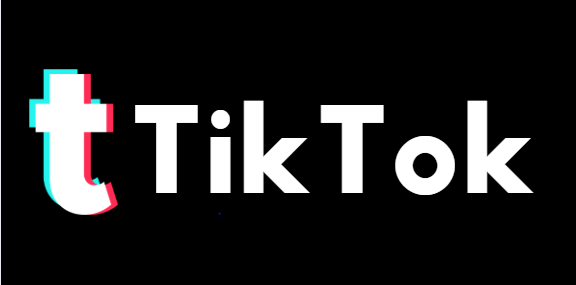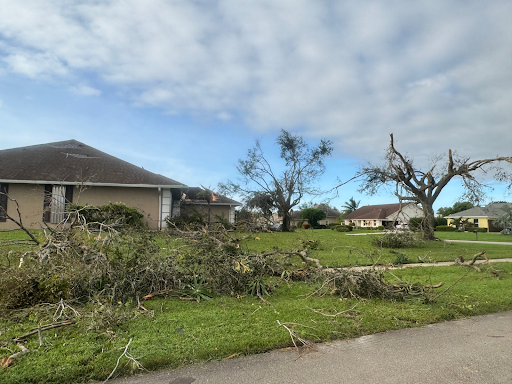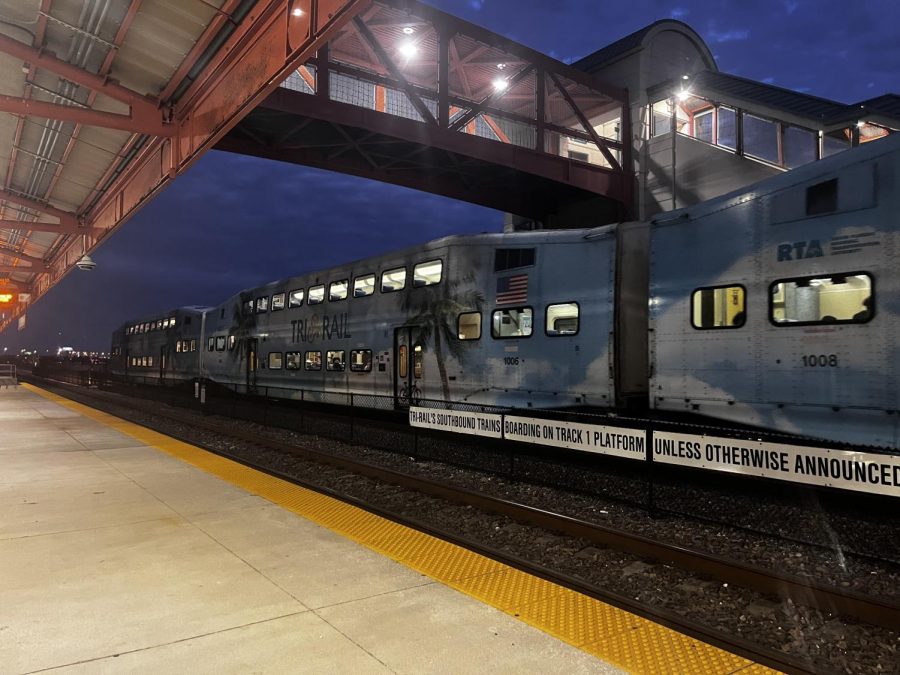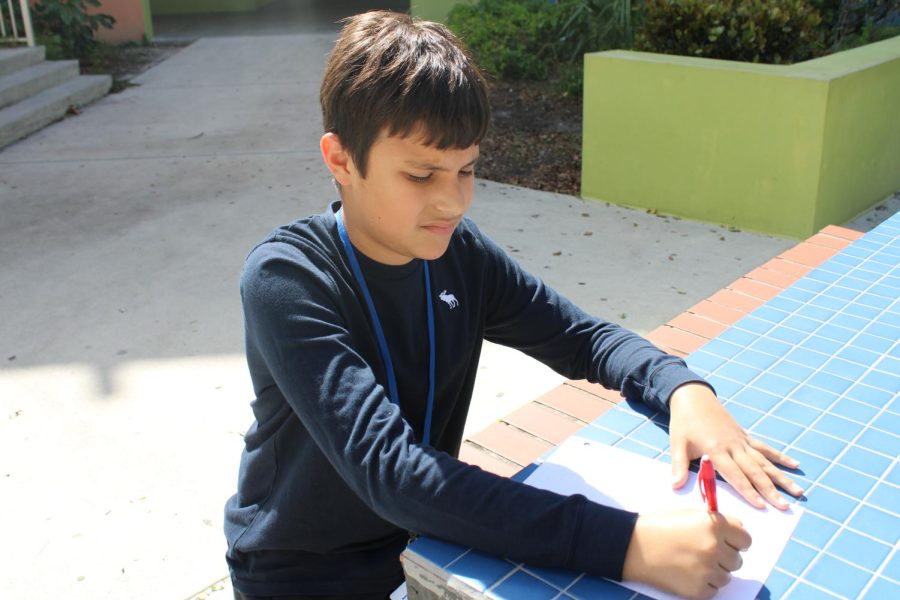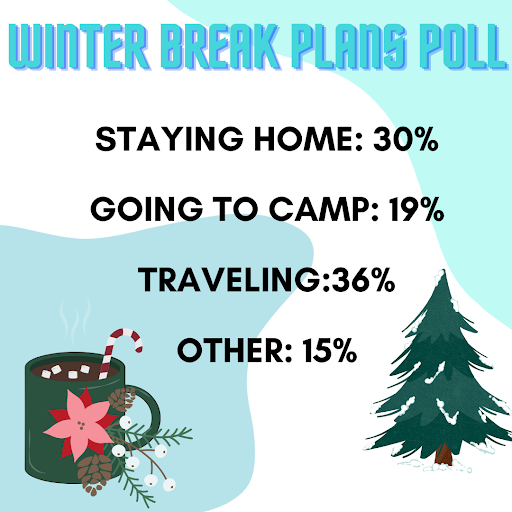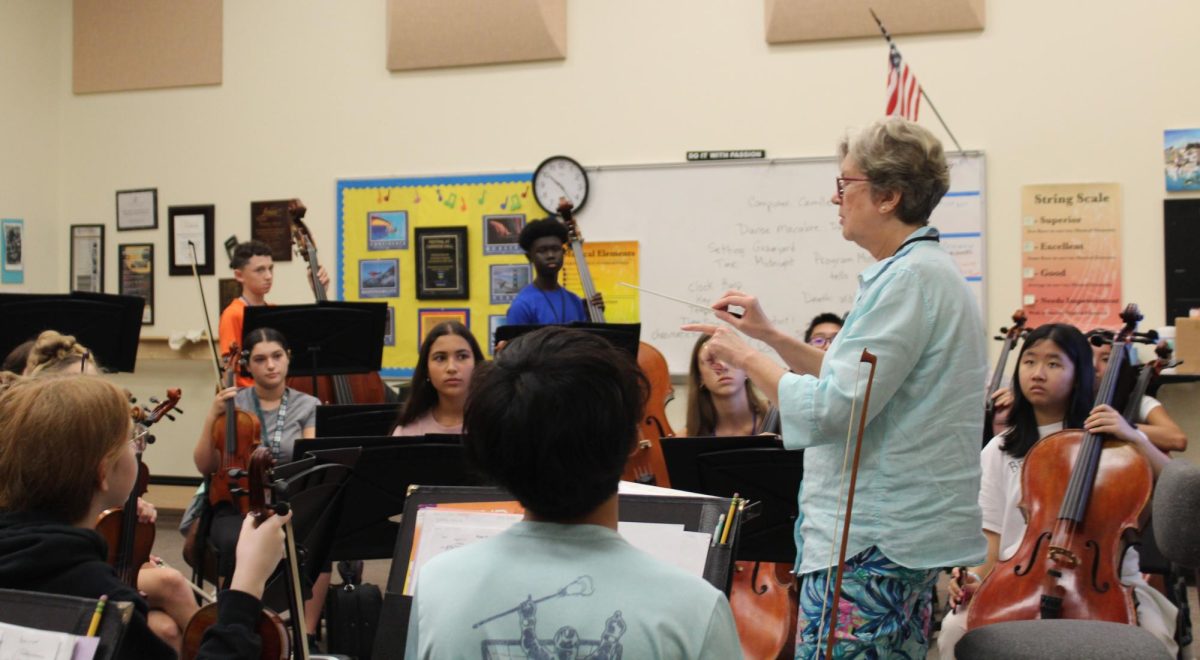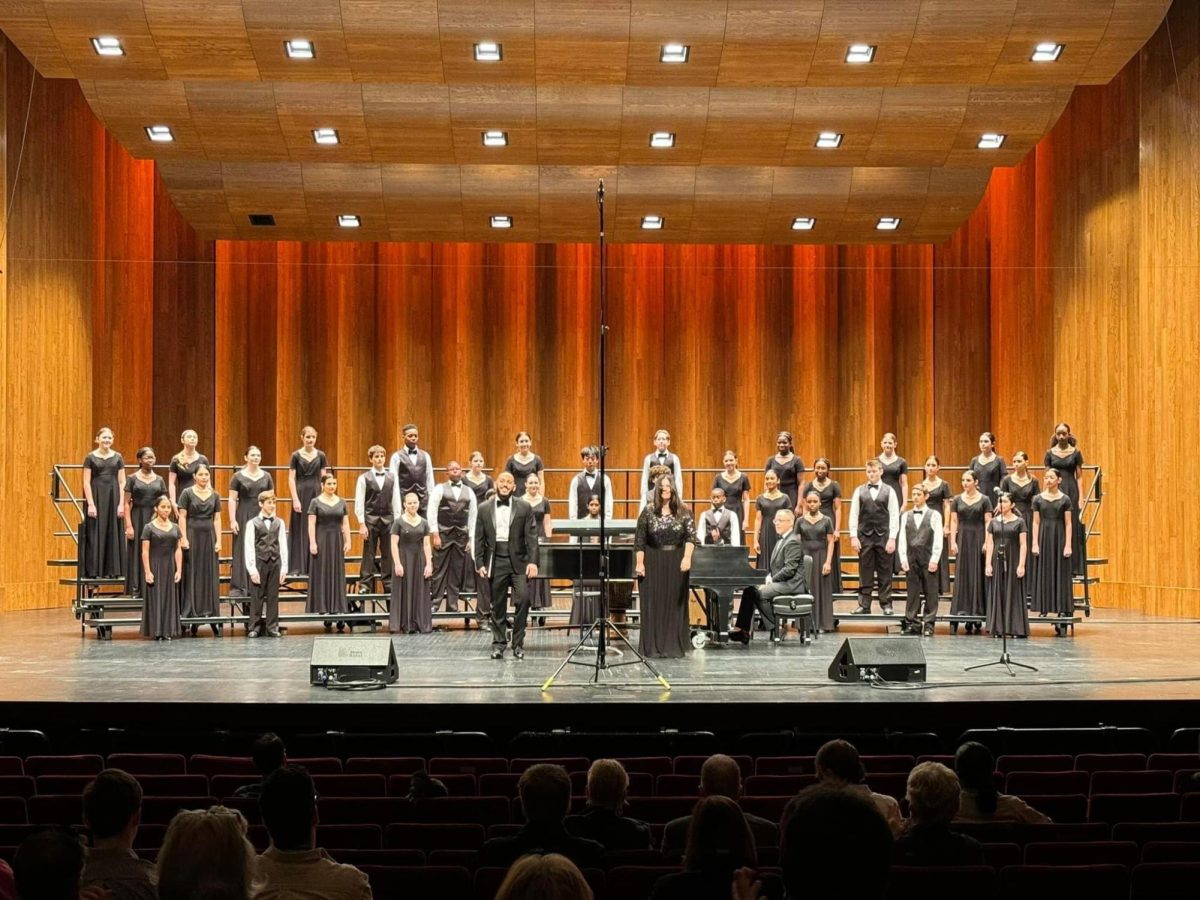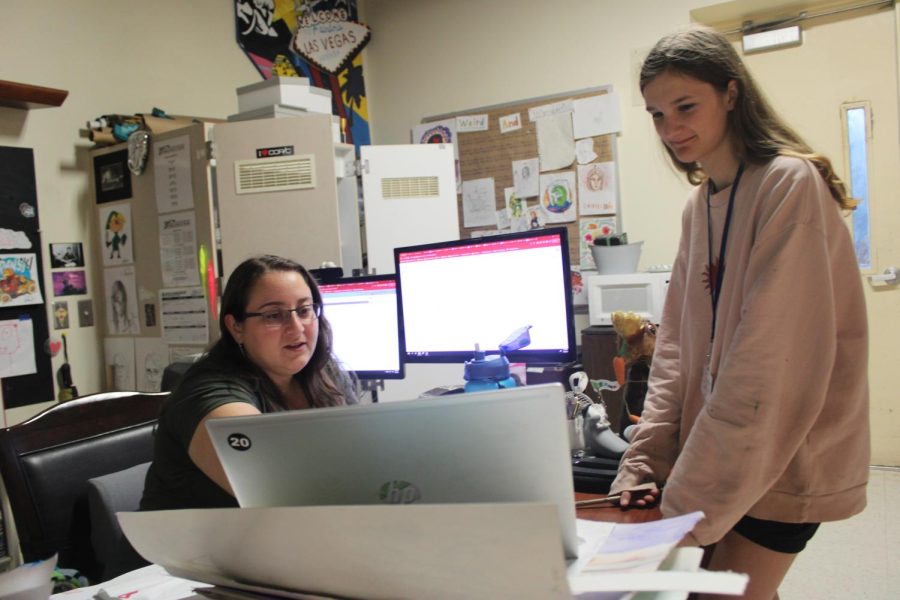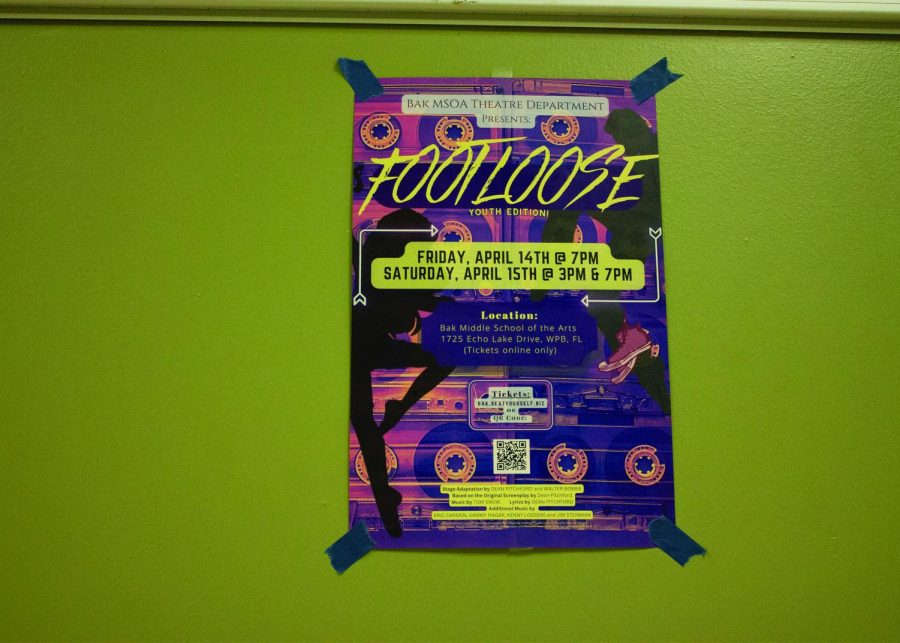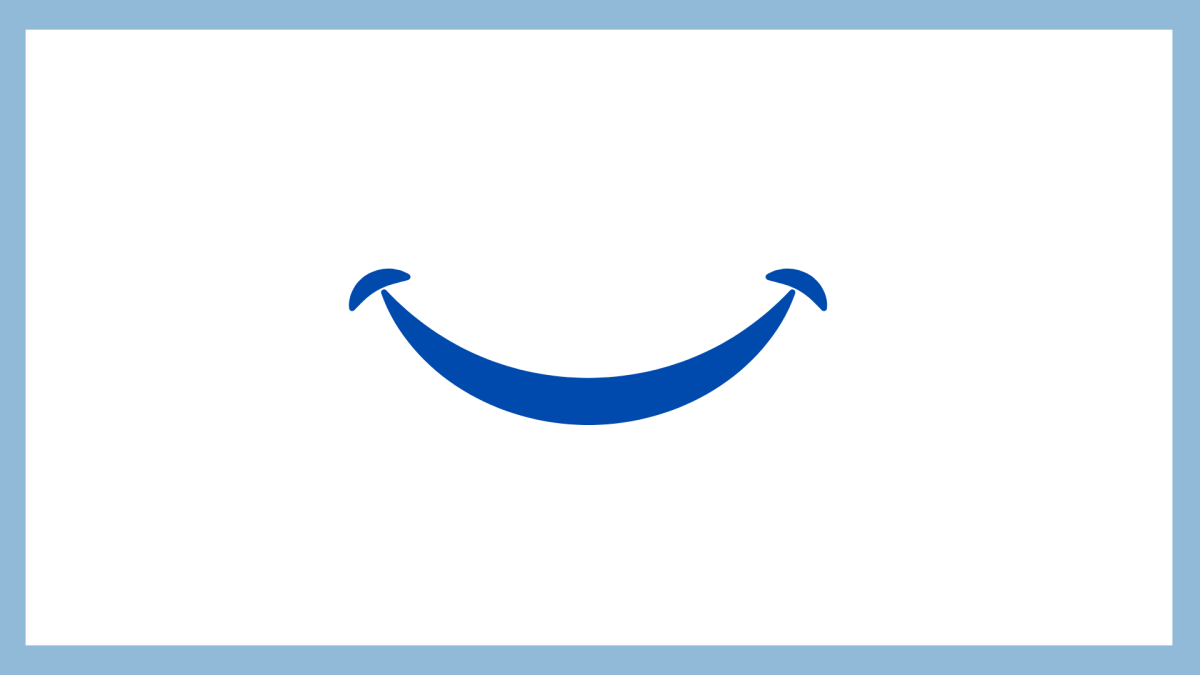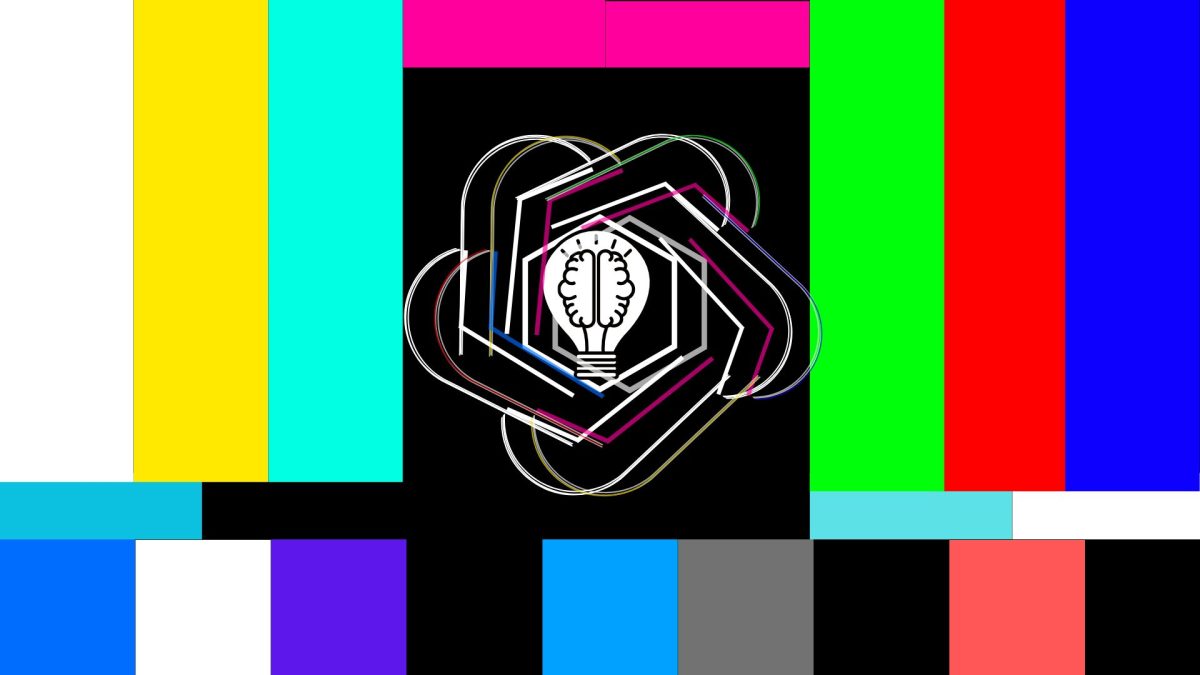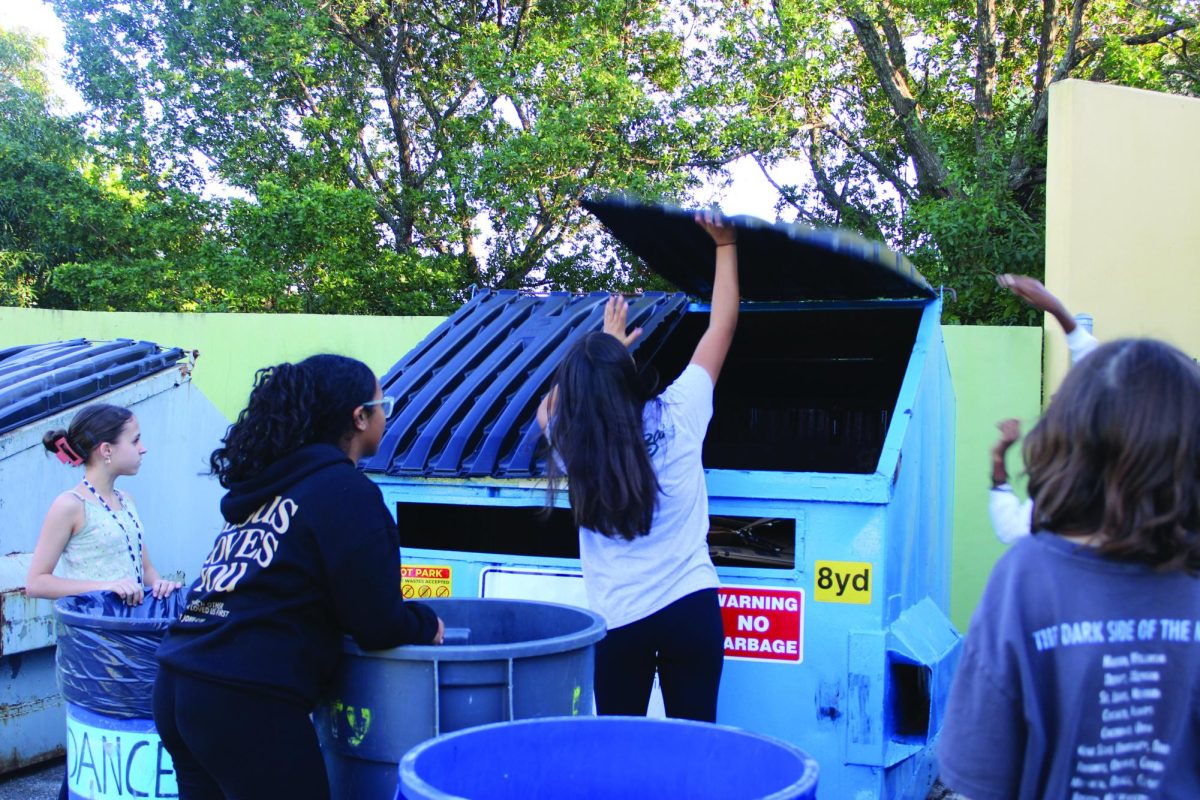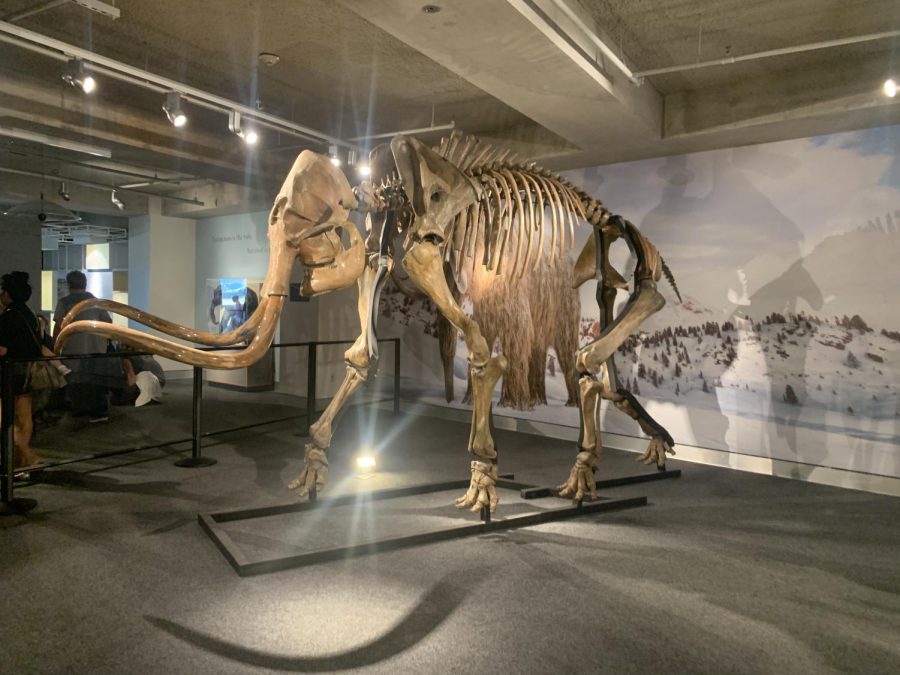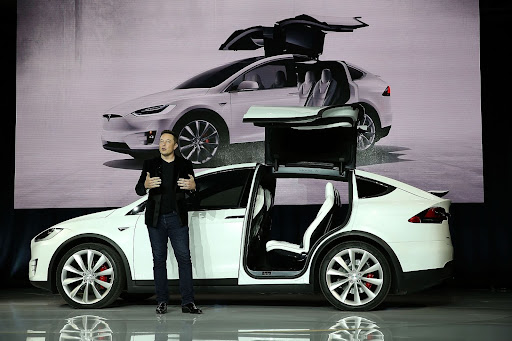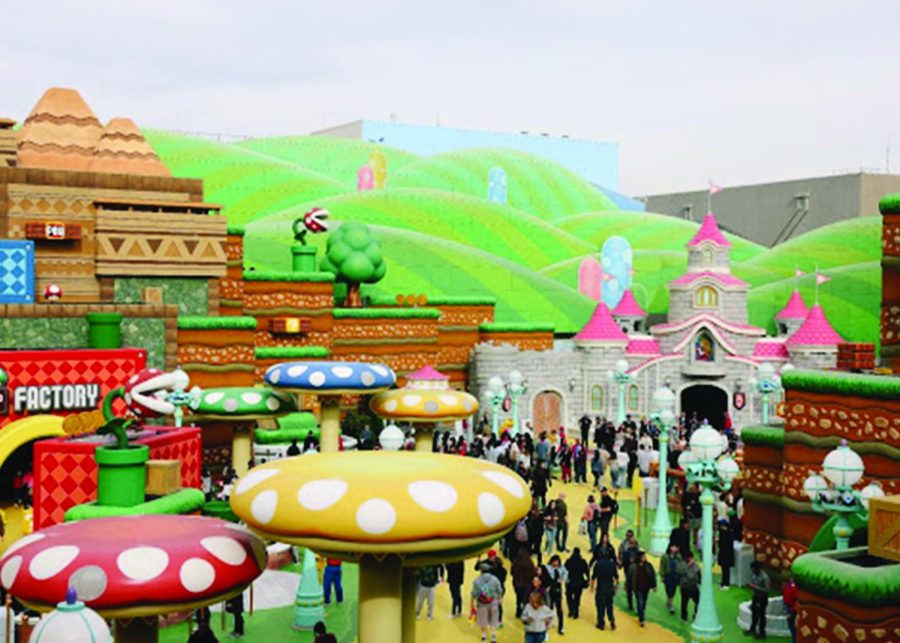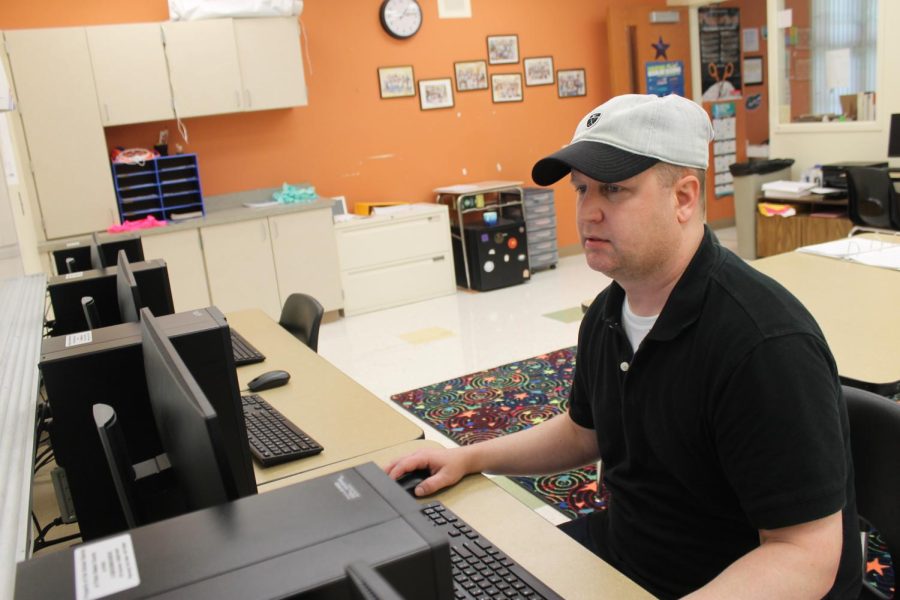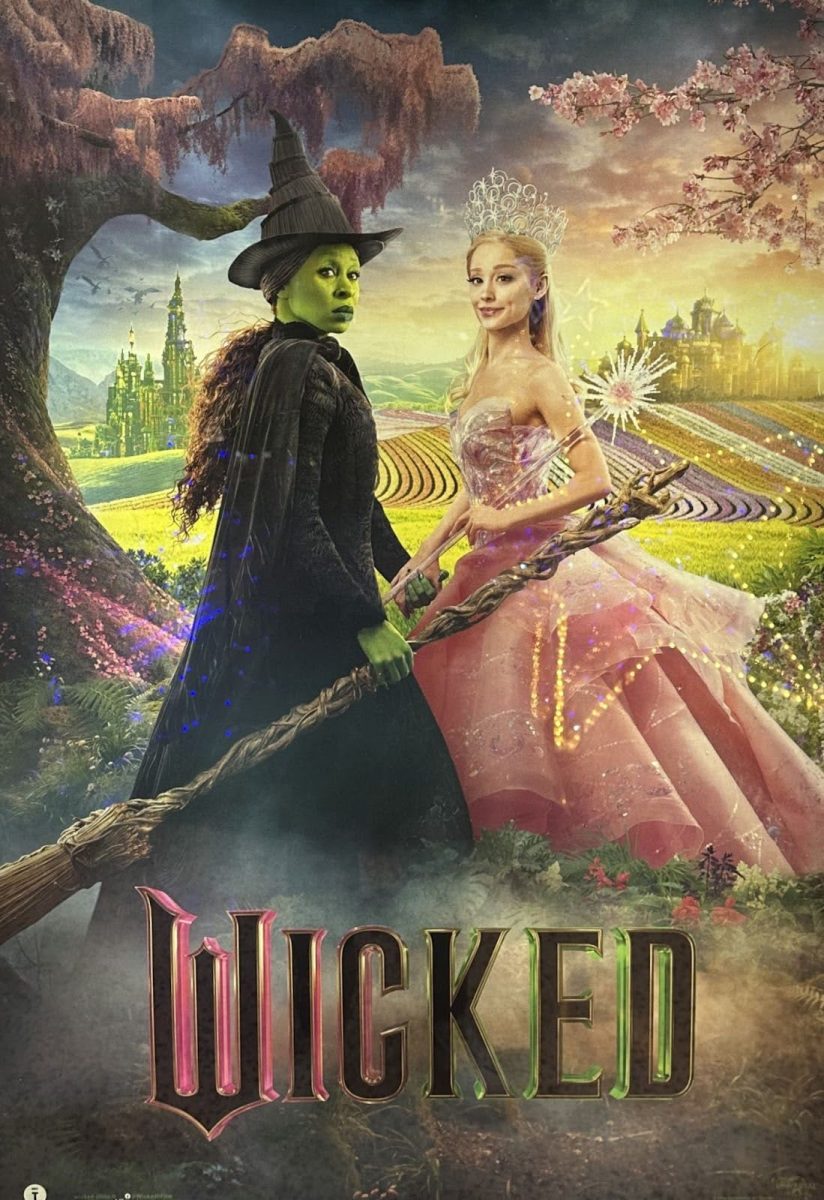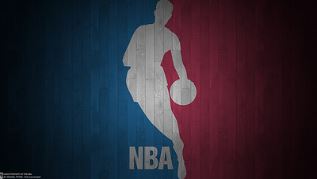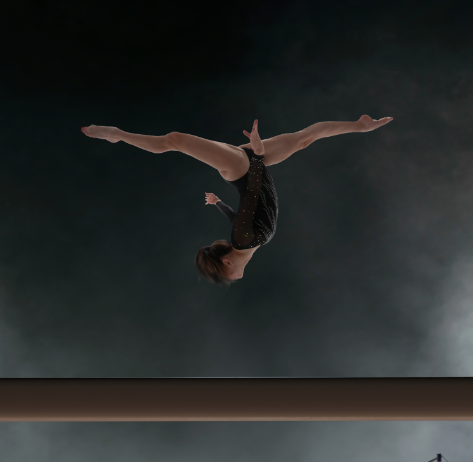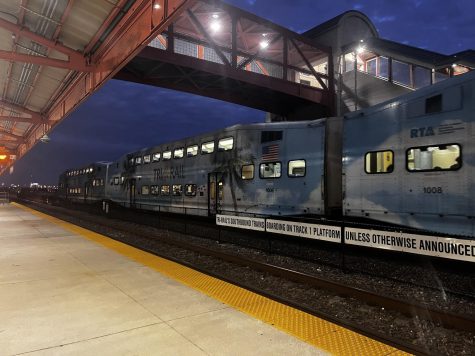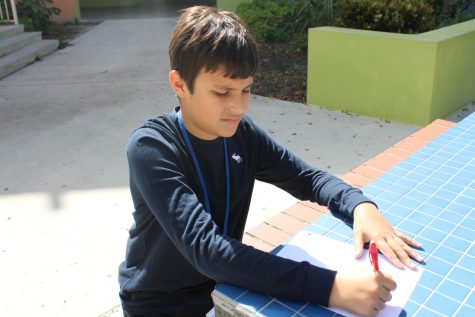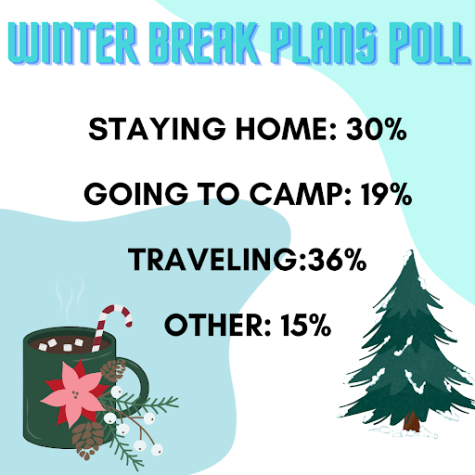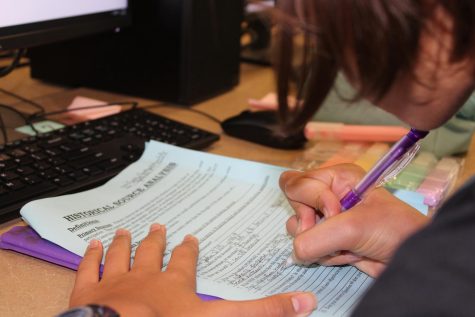Students reflect on virtual auditions
A student takes a deep breath and walks up to the stage. Then, they start with their monologue, putting their passion into their piece. Or, maybe that student opened a Google Meet and poured their heart into a speech.
In-person auditions were the original type of audition until COVID-19 came around, which created a new type: the virtual audition. Students like Aislinn O’Brien preferred the environment of a virtual audition.
“The virtual audition was less nerve-racking for me because I was at a place of comfort instead of being at the school,” O’Brien, seventh grade strings major said.
Not making direct eye contact with the judges looked easier, but it is not always helpful for your speech or a monologue. Sometimes, the visual conditions during virtual auditions were not ideal: Screens could get blurry and hinder the performances. Without direct eye contact, speeches and monologues may seem less impactful.
“You couldn’t maintain eye contact during the virtual audition, because you would stare at a screen,” Lyra Radashkevich, eighth grade communications major said, “Without that direct eye contact the speech or monologue could seem less influential and passionate.”


